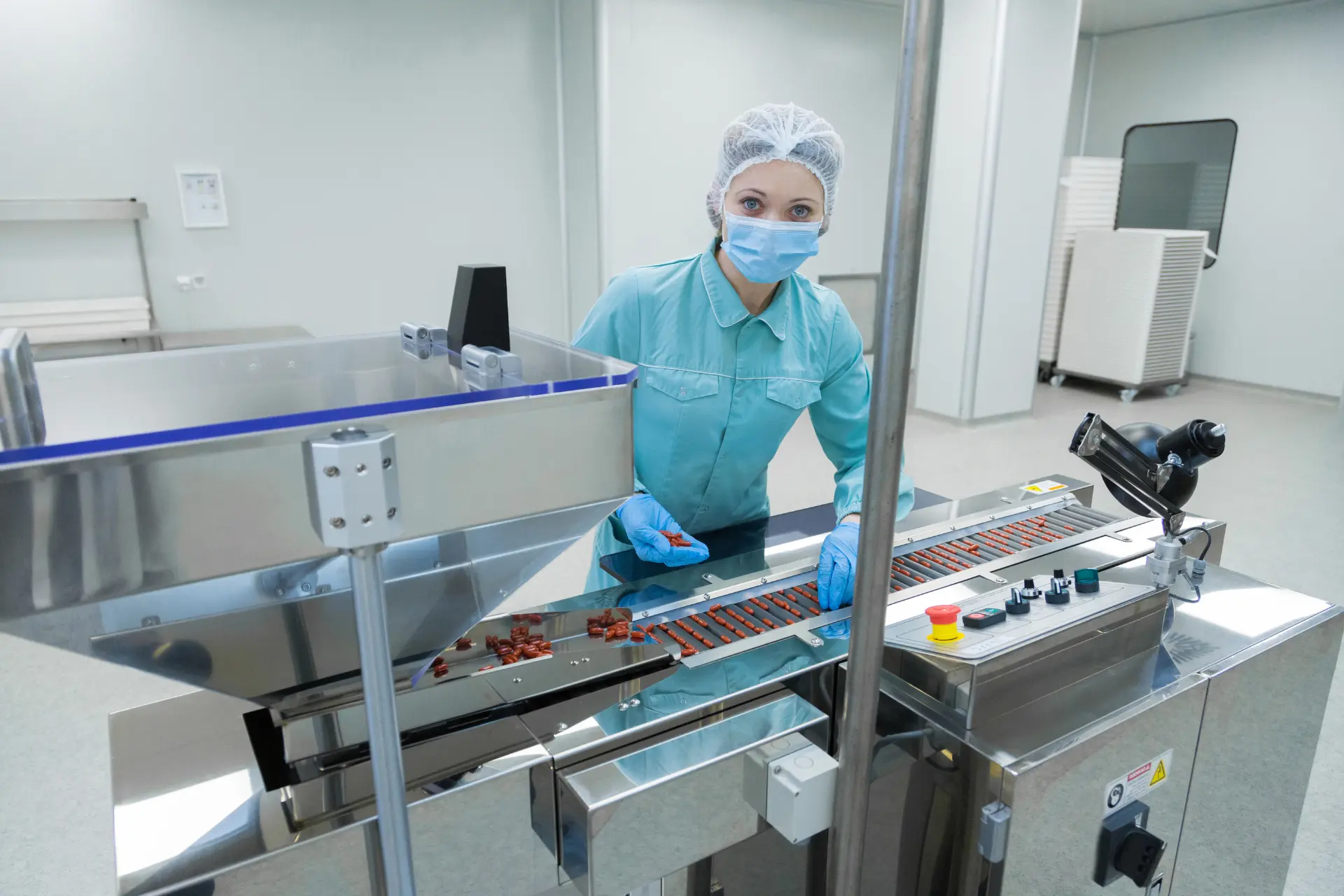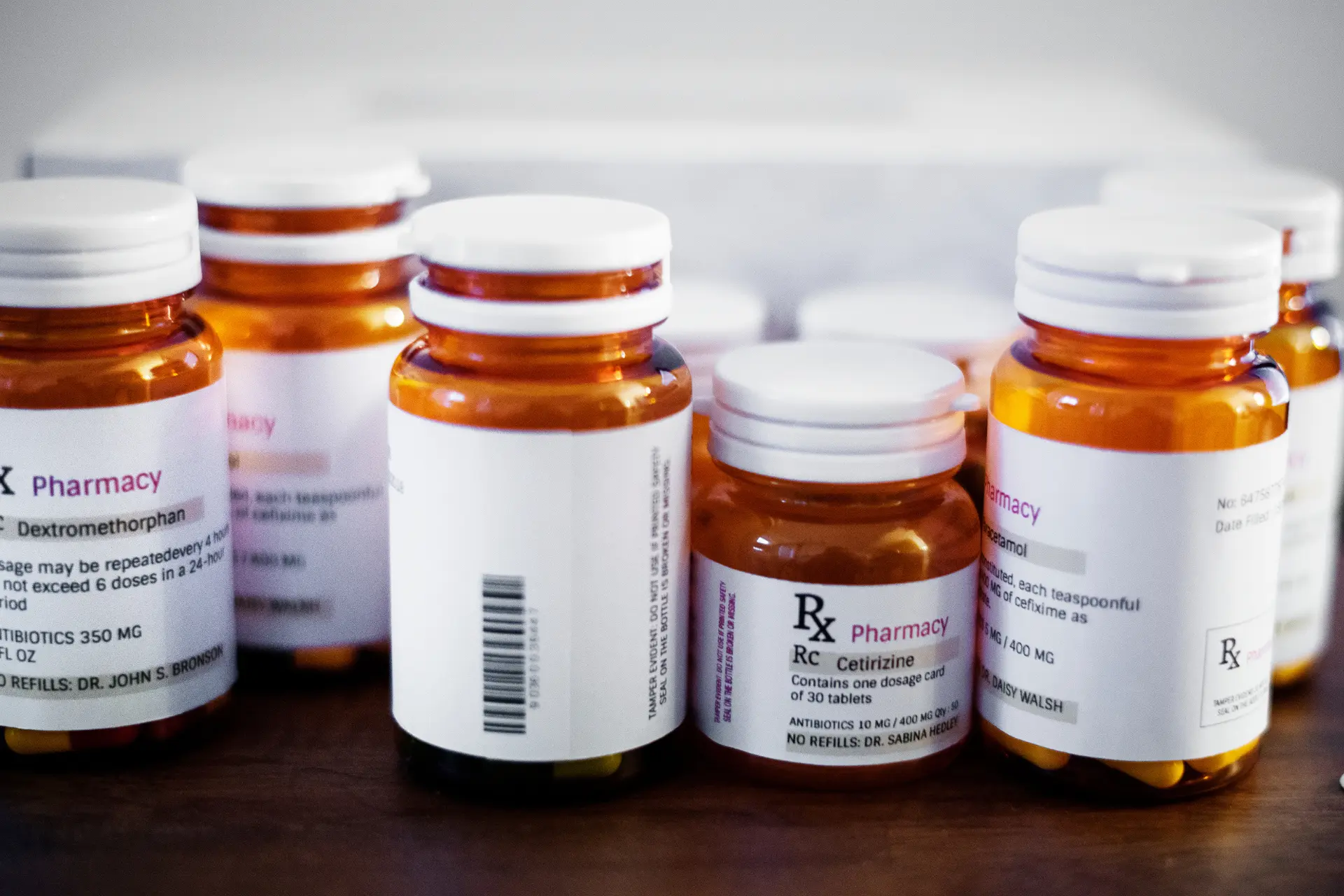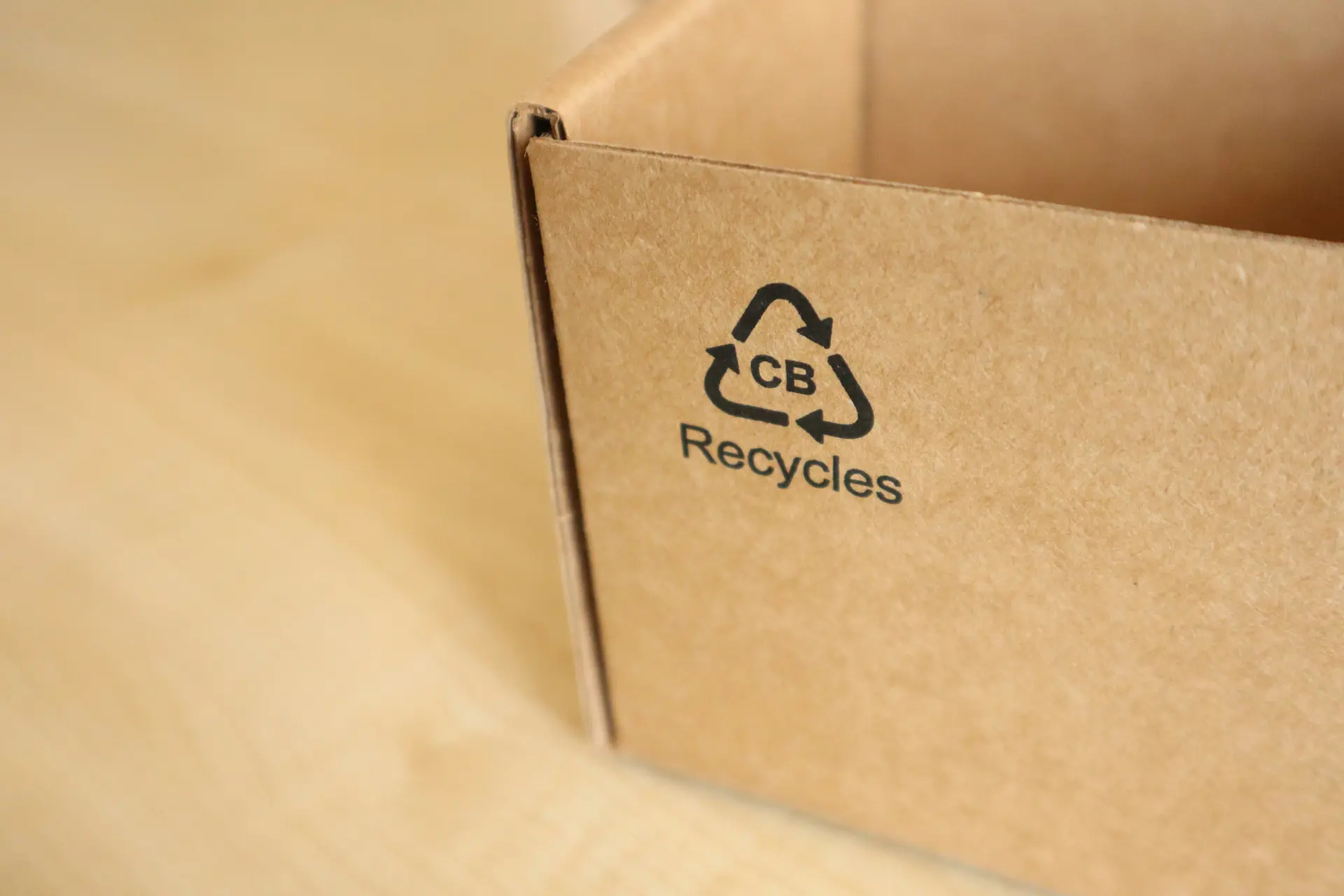The 2020’s will disrupt the way food and non-food products have conventionally been marketed allowing consumers to select products based on their environmental impact, taking into account the product, the provenance of its ingredients, packaging material selection, processing and supply chain.
Our predictions for this decade:
- Continuation of the current transition to sustainable packaging materials and new packaging solutions developed with both performance and environmental impact considerations in mind
- New labelling guidance for food and non-food product packaging that will allow consumers to compare and select products based on their environmental impact
- Meteoric rise in digitally enabled labelling – supporting new sustainable retail and product consumption initiatives and data driven stories on ingredient provenance.
2020: A turning point for the sustainability agenda
We would all like to put 2020 behind us, but one point is clear, the Covid-19 pandemic has demonstrated that our current patterns of intensive agriculture, trade and consumption are having an unprecedented impact not only on the planet but also on the health of the human population;
As Peter Daszak, president Eco Health Alliance clearly explains:
‘The same human activities that drive climate change and biodiversity loss also drive pandemic risks through their impacts on our environment’
Not that we needed reminding, the increased incidences in recent years of wildfires and freak weather events, is also testament to a planet under pressure.
Good for planet, good for profit
A recent and enlightening study from STERN (New York University) on sustainable-marketed products has shared some insights on the potential growth and profitability of this area.
STERN found evidence that sustainability-marketed products are growing over 7 times faster than products not marketed as sustainable enjoying 54.7% of CPG market growth between 2015 and 2019.
The willingness for consumers to pay more to support their values is confirmed with sustainable-marketed products enjoying an average price premium of 39.5% compared to non-sustainable alternatives.
Consumers would pay more for sustainable packaging
A move to more sustainable packaging resources has kickstarted some welcome innovation in the packaging sector from the development of compostable films to paper based bottles, like the one recently announced by Coca Cola.
A recent study from McKinsey showed that out of the US consumers surveyed, 60 to 70% of consumers said that they would pay more for sustainable packaging. This is an interesting insight and should give confidence to brand owners who are struggling with the on cost of introducing sustainable alternatives to conventional packaging solutions.
What is intriguing though is that specifically in response to the pandemic we find that consumers have a heightened expectation for hygiene and food safety from packaged goods too.
From the same study; 77% of surveyed US consumers cited hygiene and food safety important for packaging in 2020 compared to 43% for environmental impact
Consumers’ requirement for reassurance in this area, may in fact slow down the trend of moving away from plastic based materials for some product categories, centring the argument firmly more in the case of guaranteeing circularity of ALL packaging substrates be them plastic, fibre, glass or metal.
Many CPG brand owners have made circularity commitments. Kraft Heinz, for example, are ahead of their proposed schedule to create circular production processes for their packaging and are pitched to introduce the first circular Heinz ketchup bottle in Europe next year, switching to fully recyclable, single material PET.
Consumers need clear facts in order to make sustainable choices
What is apparent from current research is that here is a new and growing body of consumers that are actively looking to make more sustainable choices, whether it be in their weekly grocery shop or at a café, restaurant or take away.
However, one issue exists, a lack of transparent information. Consumers need clear facts in order to make appropriate purchasing decisions.
Approximately 35 to 36 percent of respondents would buy additional sustainably packaged products if they were more available in stores, available for more products, and better labelled (McKinsey report).
It is up to brand owners, retailers and food service operations to respond quickly to the demand of consumers and clearly label the climate impact of products, at point of purchase.
Widescale adoption of carbon footprint labelling is required to drive change
Cutting the carbs (carbon) from our lifestyle would be a great deal easier, if all products were clearly labelled with comparable carbon footprints.
It has been tried before, both Tesco and Pepsico (Walkers) have added carbon credentials to limited products in the past but have withdrawn them as there was no uptake from other players in the market which would allow consumers to make meaningful comparisons.
Widescale adoption of carbon footprint labelling is required to drive change. In 2020 we predict that we are fast approaching the tipping point that will allow for this to happen.
Unilever have committed in 2020 to labelling ALL of their product portfolio with carbon footprint information encompassing a wide range of food and non-food products .
And in recent weeks, Panera Bread Company in the US announced that they are the first US national restaurant chain to add CO2 labelling to their menus using a Cool Food endorsement for meals that are climate friendly. Not to mention brands, Quorn and Oatly who have already added carbon credentials to their food labels.
Labelling guidance and regulations will quickly follow
At the moment, environmental impact labelling is voluntary and European, US and/or Global regulatory standards are yet to be agreed.
However, we anticipate that front of pack, mandatory environmental impact labelling will be in place within the next ten years. Whether it will be numbers based, a simplified, as we predict, ‘climate-score’ or another device is yet to be determined.
A rise in digitally enabled labelling
In a post-pandemic world where online shopping for all CPG products will be more prevalent, the digitisation of product facts, nutrition information, ingredients & INCI lists is a given.
Add to this, the required information on sustainability score and ingredient provenance, the amount of consumer facing product data that will be stored, curated and distributed across the internet on each individual product in the future is set to increase rapidly. In fact, there will be so much information at hand, that the only way to share it will be digitally.
In this regard, QR codes or similar placed on the packaging or point of purchase can provide a handy way to link into this information. For example, Princes Group have recently announced an objective to share information on ingredient origin, using QR codes printed on Napolina packaging.
We are also witnessing some revolutionary changes to the way we purchase CPG products driven by a need to create more sustainable consumption experiences.
For example, retail outlets offering products by refill such as the new Asda store concept with partnership from Unilever, or the initiative from PepsiCo to go ‘beyond the bottle’ and drive beverage consumption without need for single use plastic.
Without packaging that is taken home, refill options prove a challenge for communicating product facts at either point of purchase or consumption.
Digitally enabled content and labelling can fill the gap here allowing consumers to query product information at the refill station and beyond. Embedded tags or printed scannable codes such as QR will support this, however, it will mean that all this information will need to be available on the cloud.
Data driven complexity
The regulatory framework surrounding sustainability, especially in the area of packaging materials is complex. CPG companies are finding that existing packaging specifications are constantly needing to be updated to take account of new data requirements.
Moving to a sustainable NPD process also has its challenges in terms of data. Integrating Life Cycle Analysis (LCA) into NPD processes for both product recipe and packaging material selection will help sustainability to be ‘designed in’ from the ground up.
Running LCA accurately, however requires that a wide arrange of additional data and information is maintained for each individual raw material, ingredient and packaging. The careful management of product, raw material, ingredient and packaging specifications has never been more important.
Smart systems
The winners in this space will be those who can store, approve, report and seamlessly push product and packaging sustainability data to online sites and applications.
This is where we feel 4Pack fits in.
4Pack is the leading end-to-end product and packaging software for the CPG and Food & Beverage industry.
As a SaaS (software as a service) solution we helps brands and manufacturers manage their product, packaging and launch update processes more effectively.
Our platform enables you to drive efficiencies, speed up time to market, streamline and increase collaboration between teams, internal and external.
4Pack allows you to:
- Centralise your product, ingredient and packaging data
- Report in real time, compare versions and perform powerful searches
- Make instant Impact analyses for changing ingredients and packaging materials
- Achieve seamless connectivity with the cloud to push product or packaging facts and images
- Integrate with MRP/ERP for exchange of master data
- Speed up NPD and EPD processes with no loss of data accuracy and integrity.




